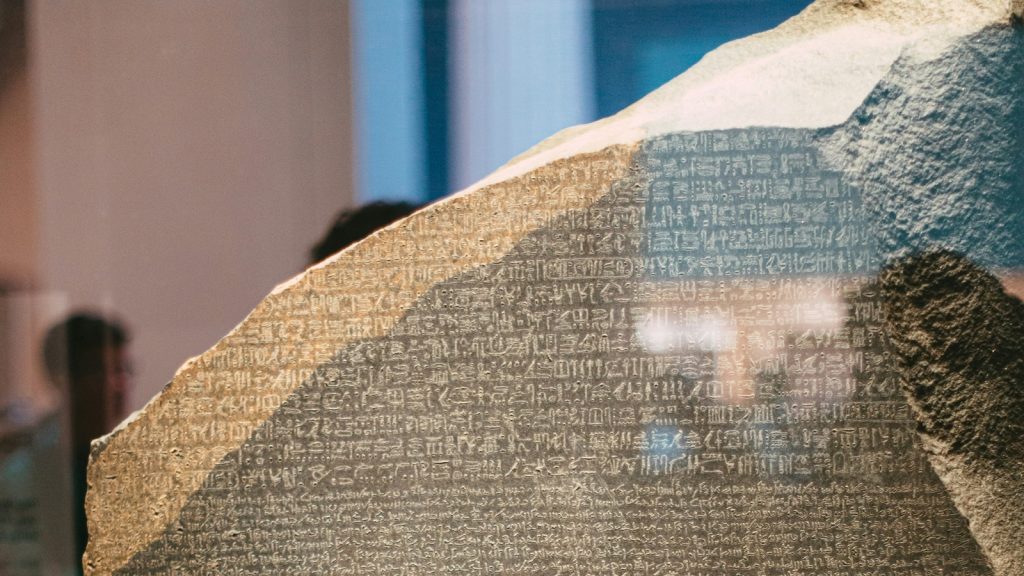The Rosetta Stone is one of those iconic artefacts that people have heard of but don’t know much about. When I first heard the name, I thought it was a mystical object, or maybe even a rare gemstone. But it turns out, it’s so much more fascinating than that. The stone unlocked the secrets of ancient Egyptian writing systems, and it changed how we understand history. If you’re a fan of ancient mysteries or just love a good story about cracking complex codes, the Rosetta Stone is definitely worth exploring. Here are 12 things you probably didn’t know about it.
1. The Rosetta Stone Was Discovered By Accident
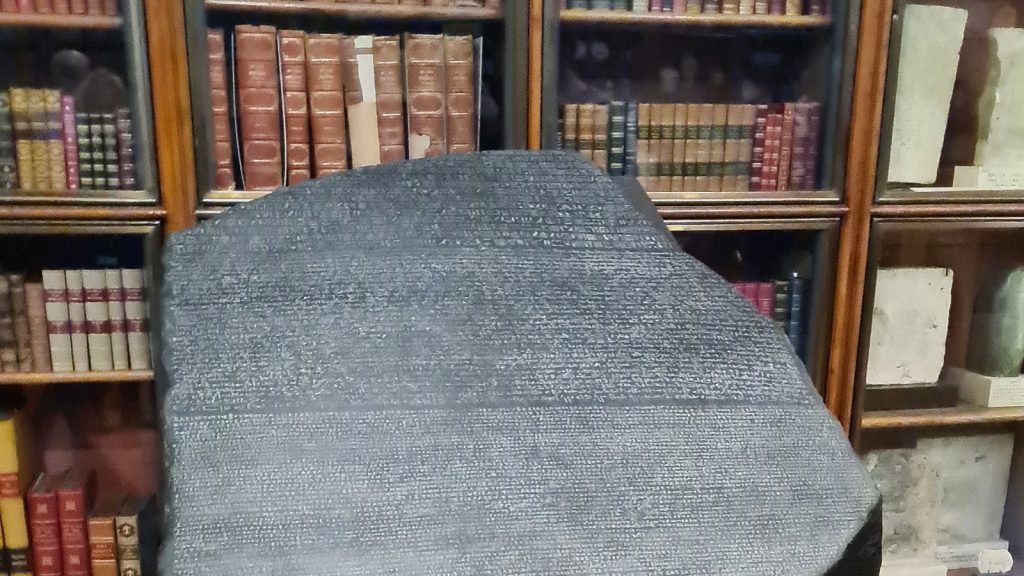
The Rosetta Stone was discovered in 1799 by a group of French soldiers. They were actually in the middle of building a fort near the town of Rosetta (modern-day Rashid) in Egypt when they stumbled upon the stone. The soldiers had no idea what they’d found at first, but they knew it was important enough to send it to scholars.
2. It’s Not Actually a Stone Tablet
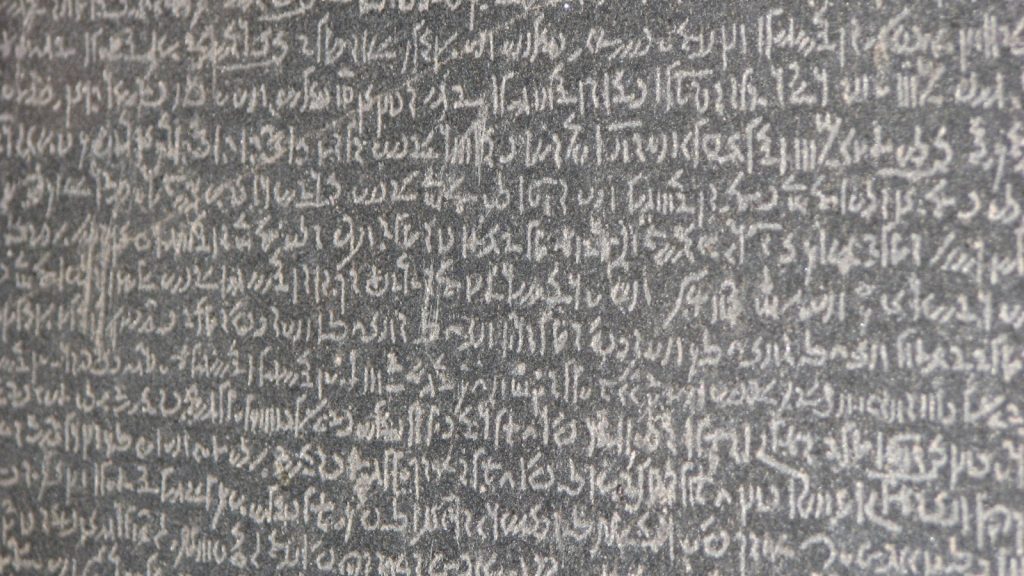
Despite what the name suggests, the Rosetta Stone isn’t a precious gemstone or a glittering rock. It’s a slab of black granodiorite, a tough igneous rock. It stands at about 3 feet 9 inches tall and weighs around 760 kg (about the weight of a small car). Its dark, polished surface allowed the inscriptions to stand out clearly.
3. The Text on the Stone Isn’t a Spell or Prophecy
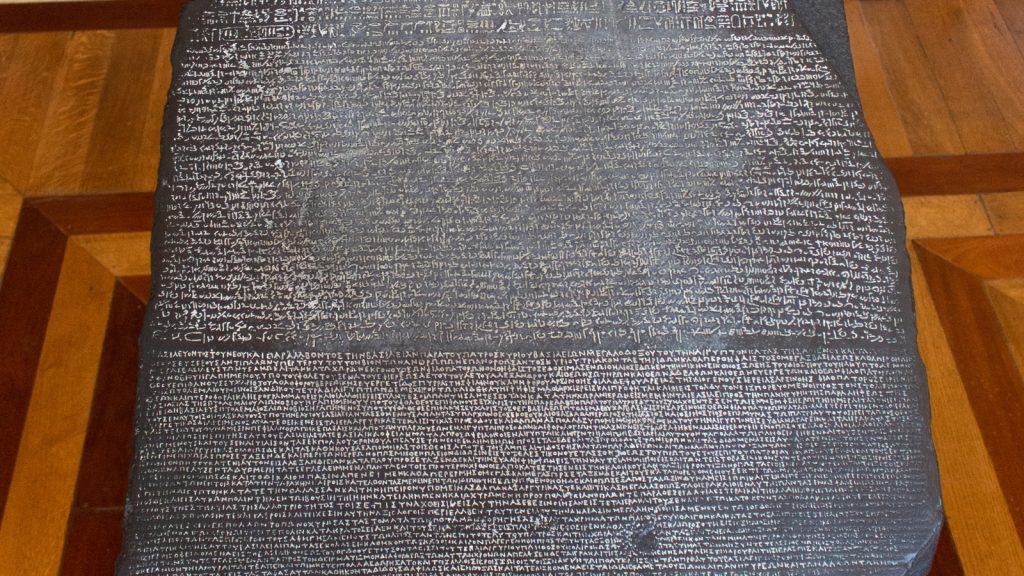
While it might sound mystical, the text on the Rosetta Stone isn’t anything like an ancient curse or prophecy. It’s actually a decree issued by Egyptian priests in 196 BC to honour Pharaoh Ptolemy V for his services to the nation. Essentially, it’s a formal thank-you note, written in three scripts!
4. The Stone Features Three Different Scripts
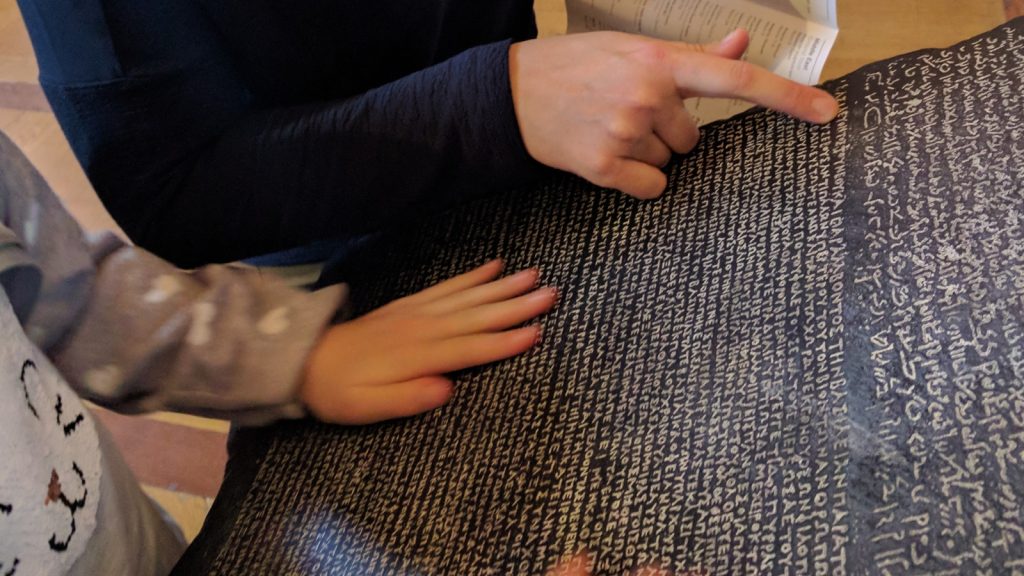
One of the reasons the Rosetta Stone was so valuable is that it has the same text written in three different scripts: Greek, Demotic, and Egyptian hieroglyphs. This made it the perfect tool for deciphering hieroglyphs, which had been a mystery for centuries. Scholars already knew how to read the Greek, so they used it to decode the other two scripts.
5. Hieroglyphs Were a Lost Language for Almost 2,000 Years
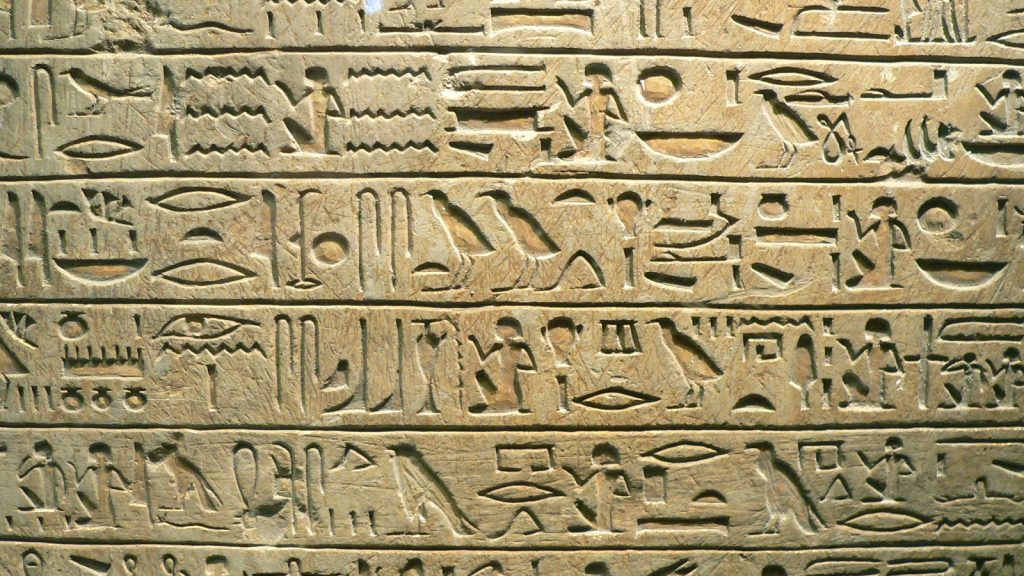
By the time the Rosetta Stone was discovered, no one could read ancient Egyptian hieroglyphs anymore. The last known use of hieroglyphs was around the 4th century AD, so for over a thousand years, the meanings of these symbols were lost to history. The Rosetta Stone was the key that unlocked their meaning once again.
6. Napoleon’s Soldiers Took the Stone to France

After its discovery, the Rosetta Stone didn’t stay in Egypt for long. It was taken to France by Napoleon’s soldiers, who were occupying Egypt at the time. But after Napoleon’s defeat by the British, the stone was seized by the British forces and shipped to England. It has been in the British Museum since 1802.
7. It Took Over 20 Years to Fully Decode
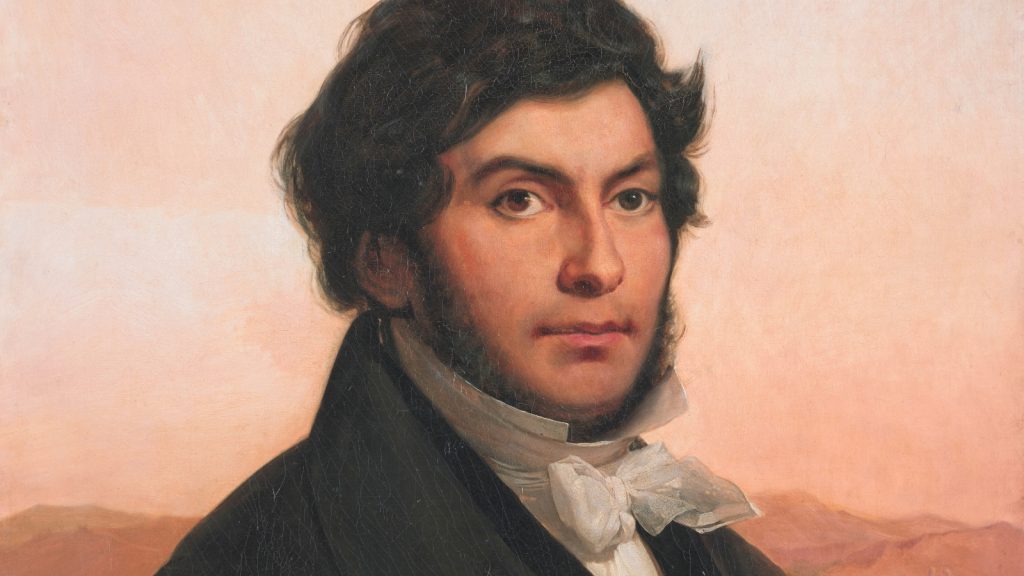
The Rosetta Stone didn’t give up its secrets overnight. Scholars worked for more than 20 years to fully decipher the ancient Egyptian scripts. The breakthrough came thanks to French scholar Jean-François Champollion, who cracked the code in 1822 by identifying how the hieroglyphs represented sounds rather than just symbols.
8. The British Museum’s Most-Visited Exhibit
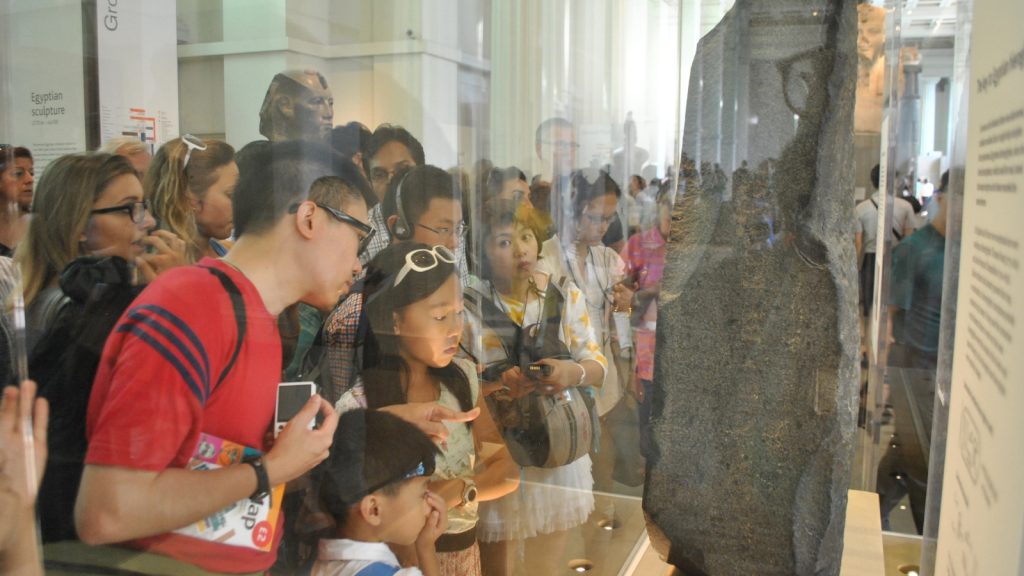
Ever since it was first displayed at the British Museum in 1802, the Rosetta Stone has been one of its most popular exhibits. Millions of visitors come to see the stone every year, marvelling at its inscriptions and its role in unlocking ancient history. It’s become a symbol of deciphering the past.
9. There’s Only One Rosetta Stone, But Many Copies

Although there’s only one original Rosetta Stone, there are countless copies of it around the world. Many museums, universities, and even schools have replicas of the stone, which they use for educational purposes. Some copies even include hand-painted inscriptions to give the full experience of the ancient text.
10. The Stone Was Broken When It Was Found
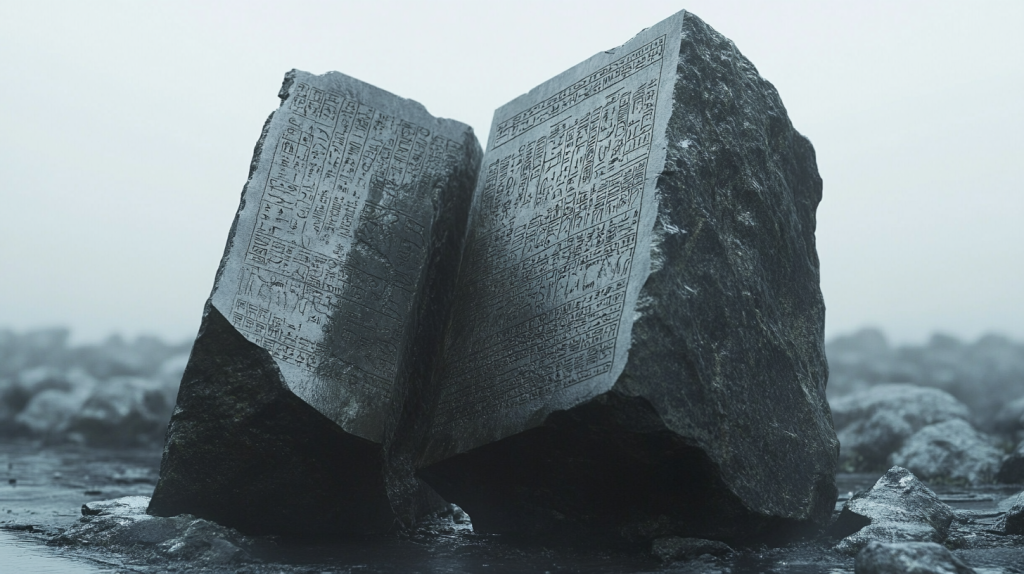
The Rosetta Stone isn’t whole. When the French soldiers found it, part of the stone was missing, and even today, we’re missing sections of the original inscription. Despite that, enough of the text was preserved to make it possible for scholars to decode the ancient scripts.
11. The Stone Has Survived Over 2,000 Years
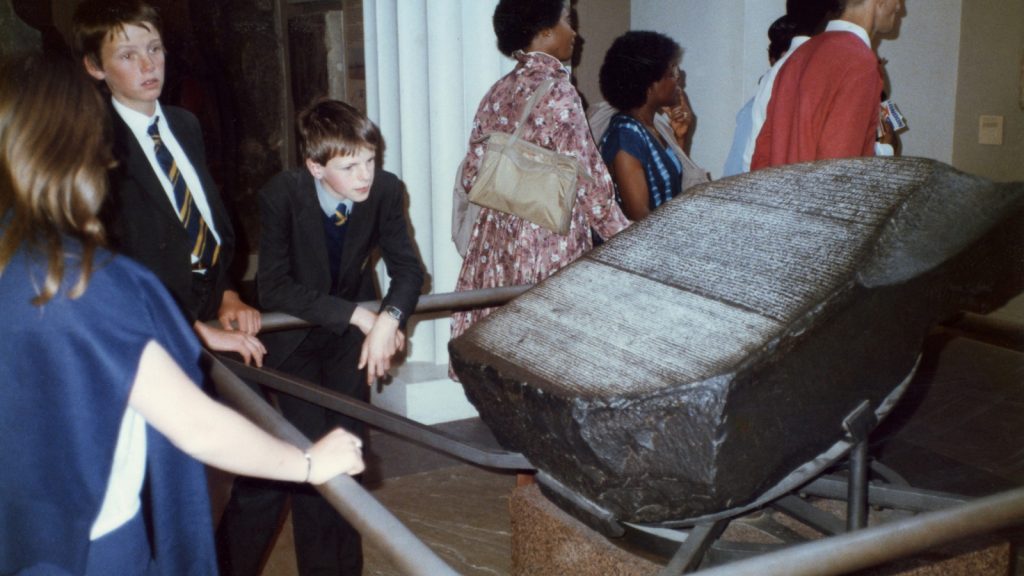
It’s incredible to think that the Rosetta Stone has been around for more than two millennia. Carved in 196 BC, it has survived through wars, invasions, and natural wear and tear. Even when it was taken from Egypt, it remained in good condition, and it’s been carefully preserved ever since.
12. Egypt Wants the Rosetta Stone Back

The Rosetta Stone has been in British hands for over 200 years, but there has been growing pressure from Egypt to return it. Egyptian officials argue that the stone is part of their cultural heritage and should be returned to its homeland. The debate over where it belongs is ongoing, with no clear resolution in sight.
21 Things Pilots Are Forbidden to Do During Flights

Have you ever wondered what rules pilots must follow while they’re in the cockpit? Being a pilot is a job that comes with a lot of responsibility and a strict set of rules to ensure the safety of everyone on board.
These rules ensure that pilots maintain the highest standards of safety and professionalism while flying. By adhering to these guidelines, they help ensure that every flight reaches its destination safely.
Read More: 21 Things Pilots Are Forbidden to Do During Flights
Ellen has been obsessed with logic puzzles, jigsaws, and cryptograms since she was a kid. After learning she was taught how to play chess wrong by a family friend (so they could win), she joined her school chess club and the rest is history.
